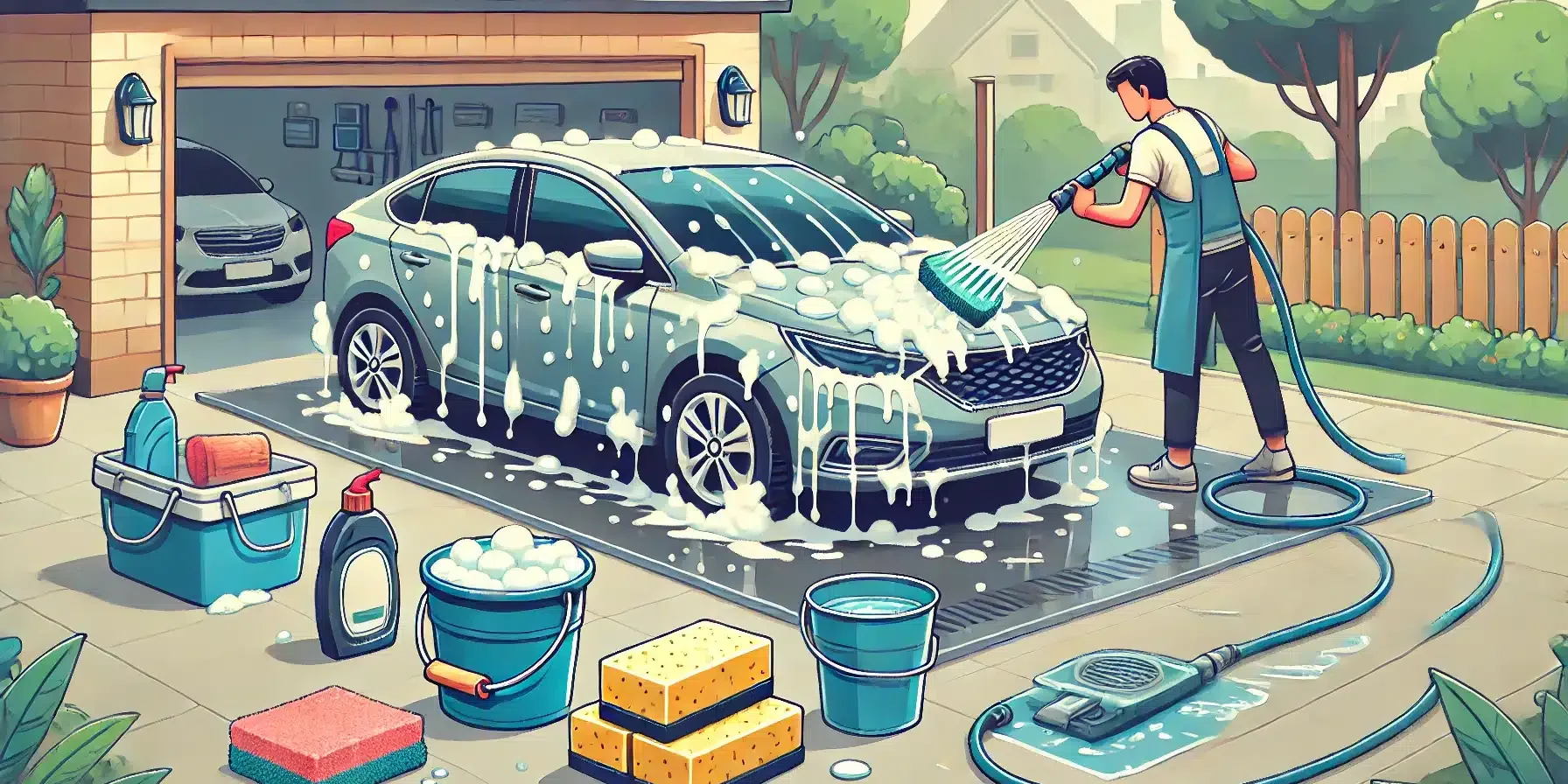Proper Car Washing: A Comprehensive Guide
Many car enthusiasts and detailing aficionados understand that washing a car is more than just a simple chore. It’s an art form that requires attention to detail, proper techniques, and the right tools. In this comprehensive guide, we’ll explore the intricacies of washing your vehicle effectively while protecting its paintwork.
Why Proper Car Washing Matters
The paintwork of your car is not just about aesthetics; it’s a protective layer that shields the body from rust and other environmental damage. Improper washing techniques can lead to microscratches, swirl marks, and even more severe damage over time. By following the right procedures, you can maintain your car’s appearance and value for years to come.
Essential Tools and Products
Before diving into the washing process, it’s crucial to gather the right equipment:
- Car shampoo: Choose a pH-neutral product specifically designed for automotive use.
- Microfiber wash mitt or sponge: These are gentler on the paint than traditional sponges.
- Two buckets: One for soapy water and another for rinsing.
- Pressure washer or hose: For initial rinsing and final wash-off.
- Microfiber drying towels: To prevent water spots after washing.
- Optional: Clay bar, wheel cleaner, and tire shine for a more thorough detailing session.
Step-by-Step Washing Process
- Pre-Wash Rinse
Start by thoroughly rinsing your car with water. This step removes loose dirt and debris, reducing the risk of scratching during the washing process. Use a pressure washer if available, but maintain a safe distance to avoid damaging the paint.
- Wheel Cleaning
Clean the wheels and tires first. Use a dedicated wheel cleaner and brush to remove brake dust and road grime. This prevents dirty water from splashing onto clean bodywork later.
- Shampoo Application
Fill one bucket with warm water and car shampoo according to the manufacturer’s instructions. Fill the second bucket with clean water for rinsing your wash mitt. Start washing from the top of the car, working your way down in sections. Rinse your mitt frequently in the clean water bucket to avoid redepositing dirt on the car.
- Rinse and Repeat
After washing each section, rinse thoroughly with clean water. Don’t let the shampoo dry on the surface, as this can leave residue and water spots.
- Drying Techniques
Use a microfiber drying towel or a silicone water blade to remove excess water. Start from the top and work your way down. For a spot-free finish, consider using a quick detailer spray as you dry.
Advanced Techniques for Enthusiasts
For those looking to take their car washing to the next level, consider these additional steps:
- Pre-wash foam: Apply a thick layer of foam before hand washing to further loosen dirt.
- Two-bucket method: Use one bucket for soapy water and another for rinsing your wash mitt to minimize contamination.
- Decontamination: Use iron removers and clay bars to remove bonded contaminants from the paint surface.
- Paint protection: Apply a wax or sealant after washing to enhance shine and protect the paintwork.
Common Mistakes to Avoid
- Using household detergents: These can strip wax and damage the paint.
- Washing in direct sunlight: This can cause soap to dry quickly, leaving residue.
- Neglecting to rinse thoroughly: Soap residue can cause streaking and spotting.
- Using dirty or abrasive materials: Always use clean, soft materials to avoid scratching.
Environmental Considerations
When washing your car at home, be mindful of the environment. Use biodegradable car shampoos and avoid letting soapy water run directly into storm drains. Consider using waterless car wash products in drought-prone areas.
Maintaining a Regular Washing Schedule
The frequency of washing depends on various factors such as climate, storage conditions, and daily use. As a general rule, washing your car every two weeks helps maintain its appearance and prevents the buildup of harmful contaminants.
Conclusion
Proper car washing is an essential aspect of vehicle maintenance. By following these guidelines, you can keep your car looking its best while protecting its finish. Remember, patience and attention to detail are key to achieving professional-level results. Whether you’re a casual driver or a dedicated enthusiast, mastering the art of car washing will help preserve your vehicle’s beauty and value for years to come.







